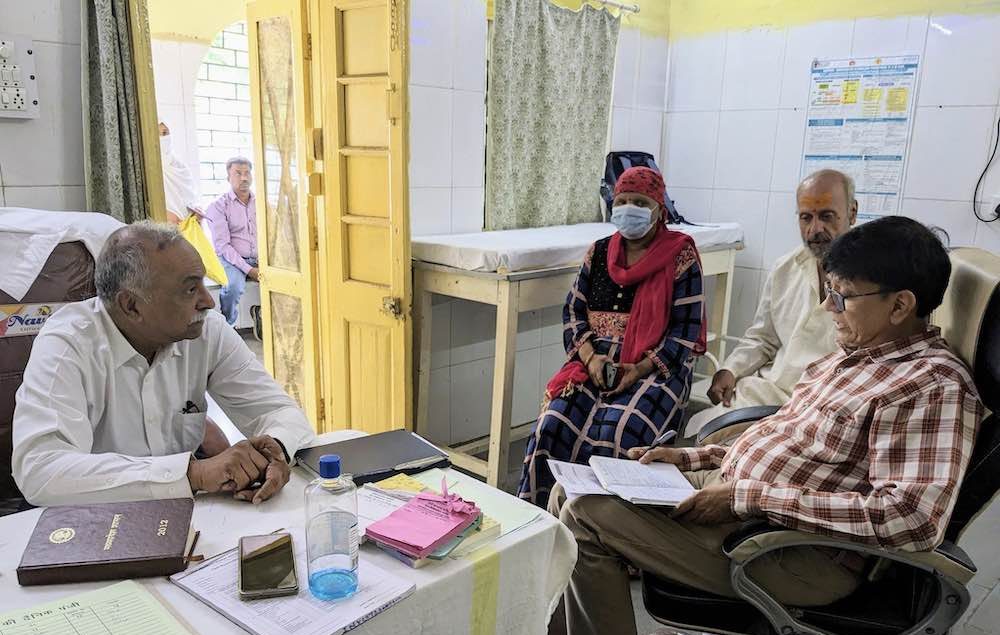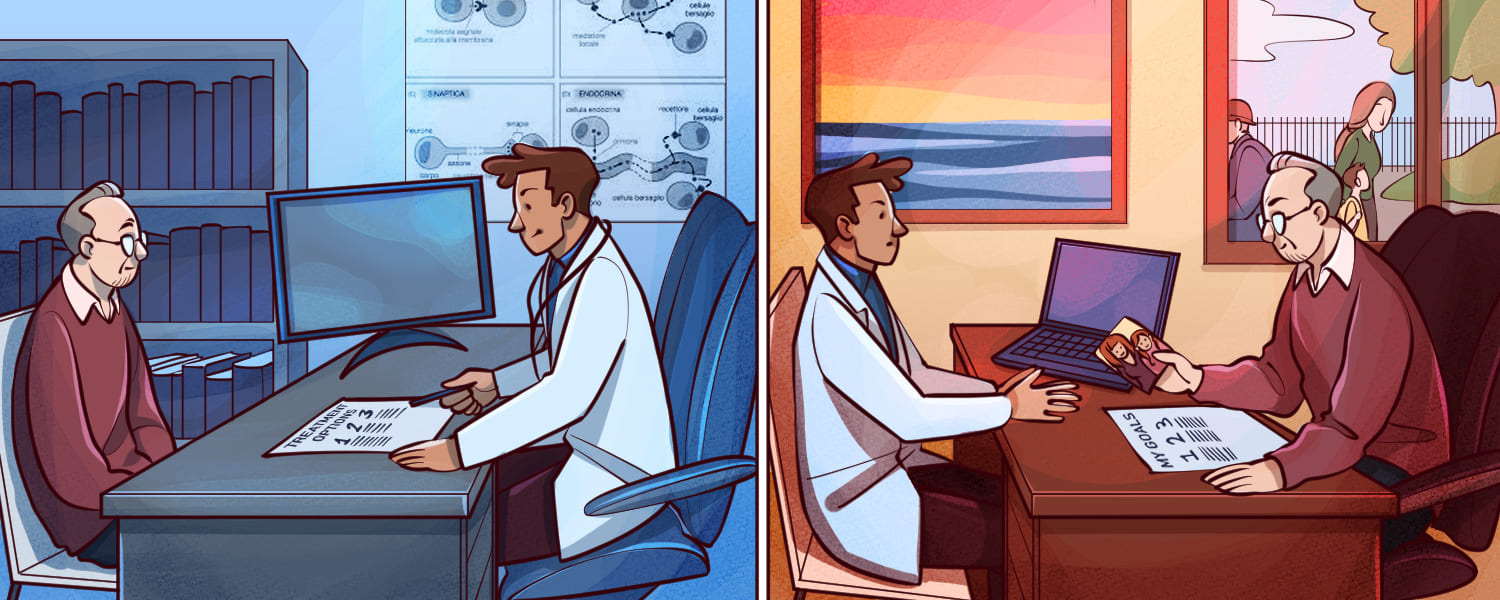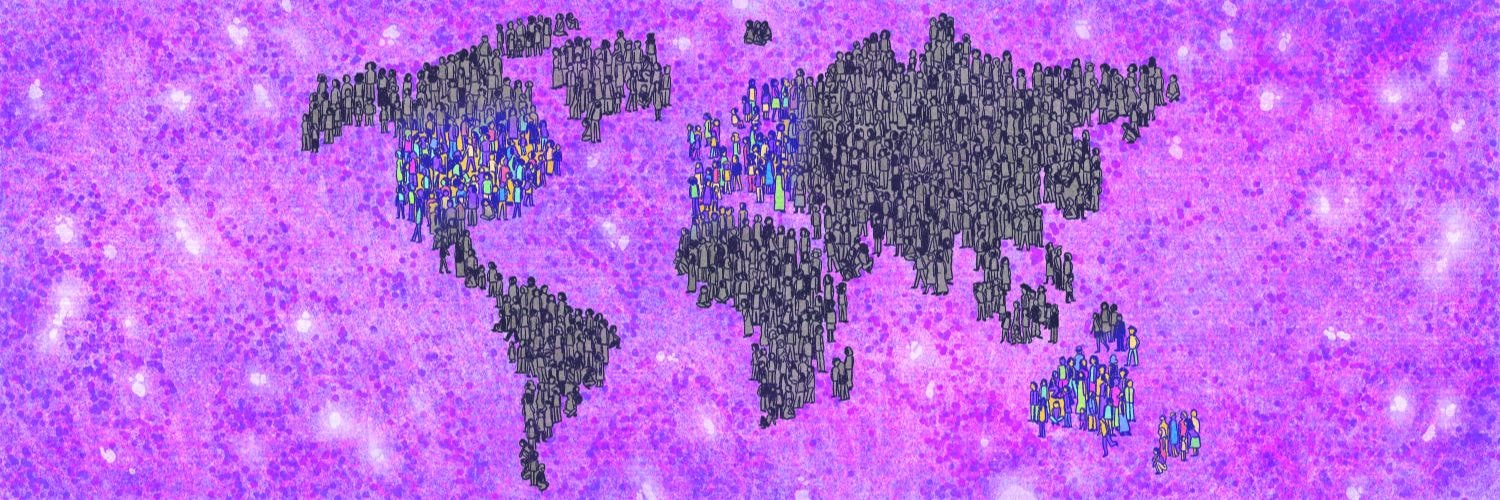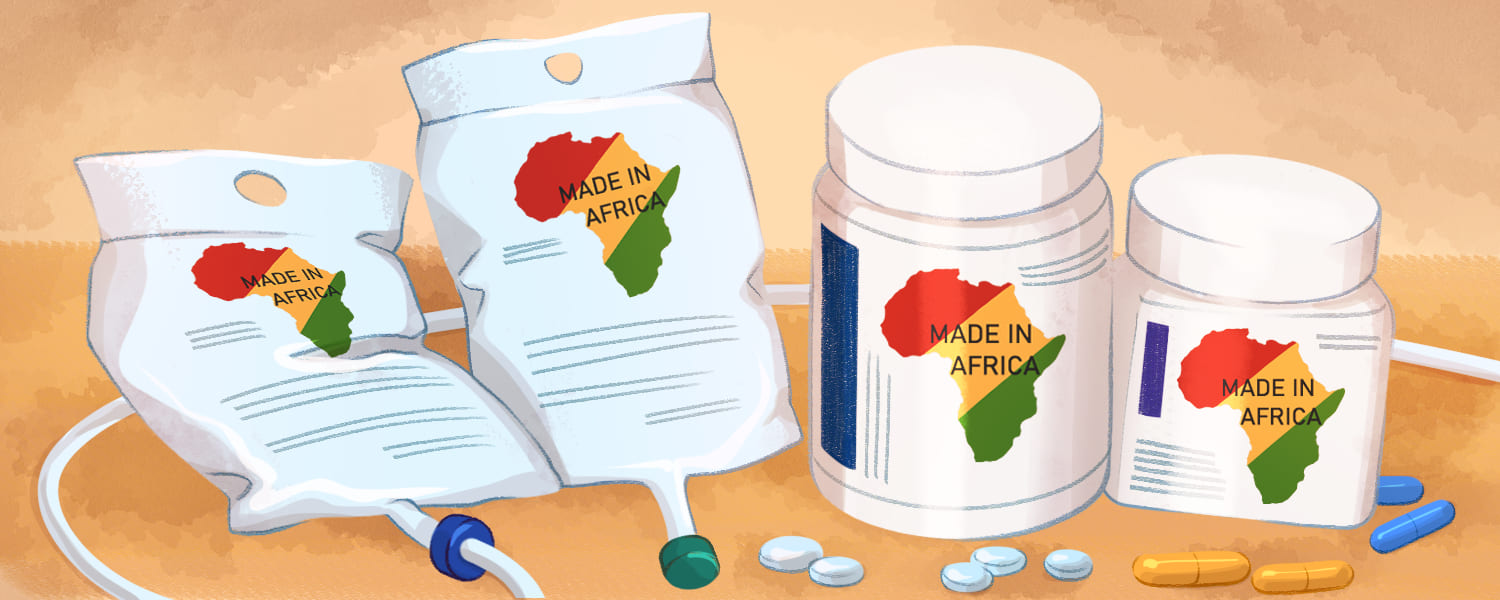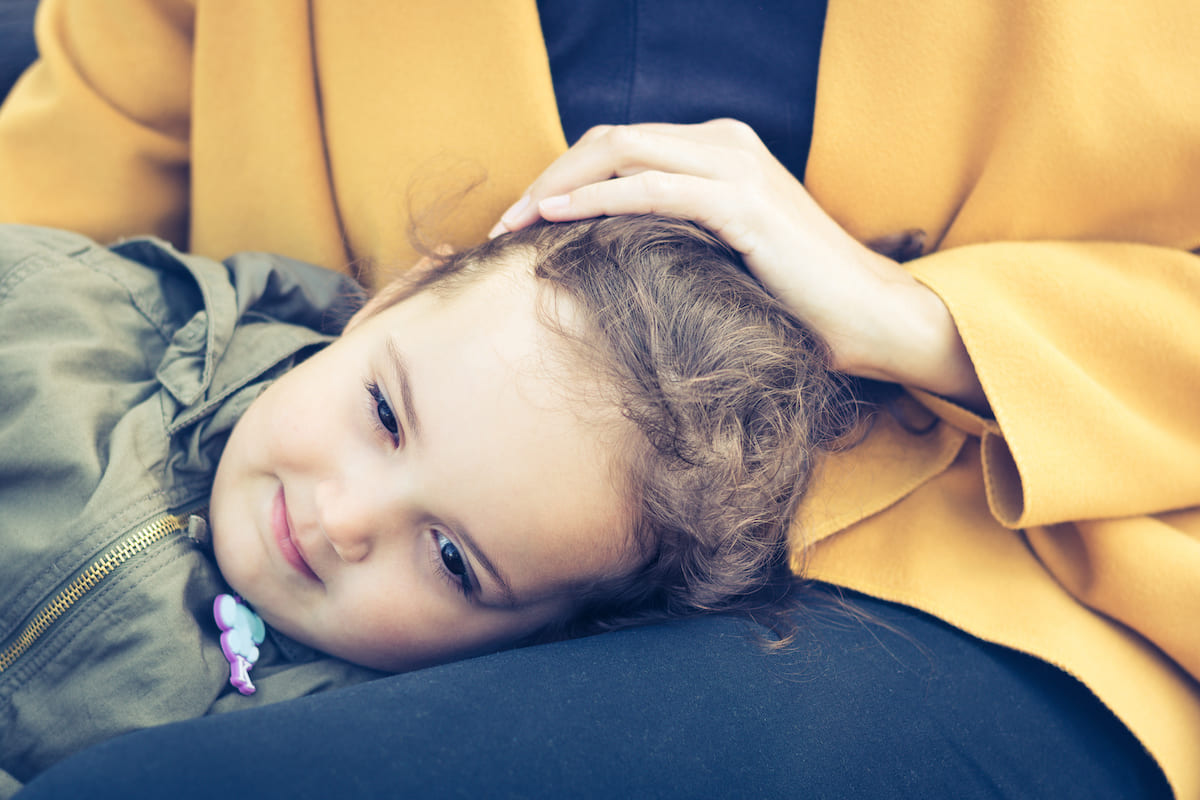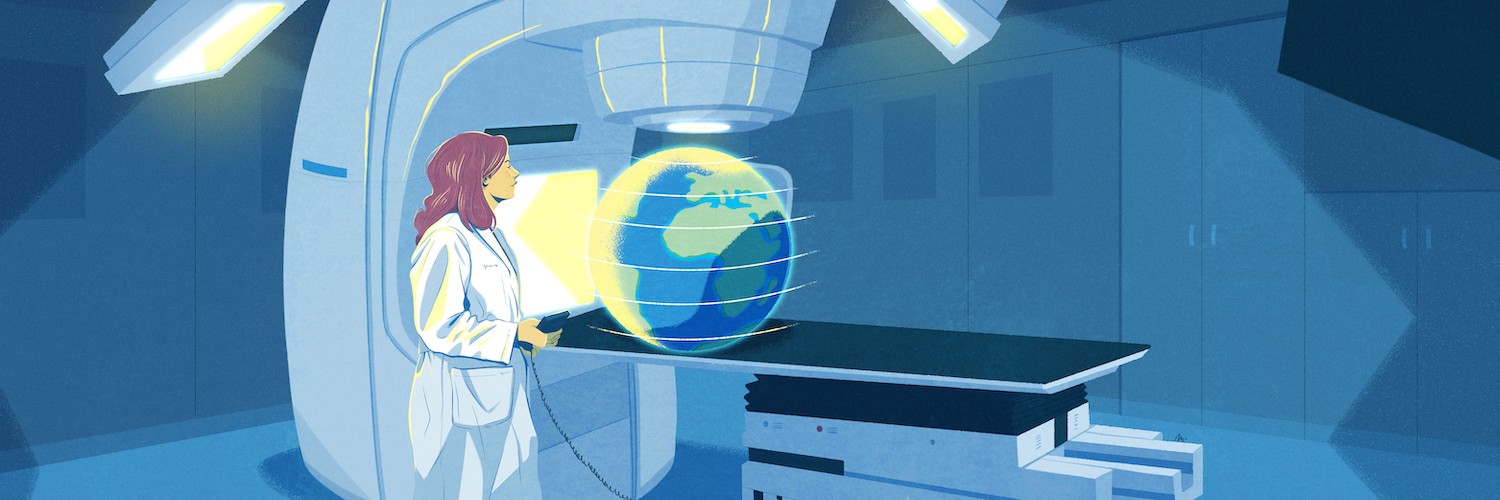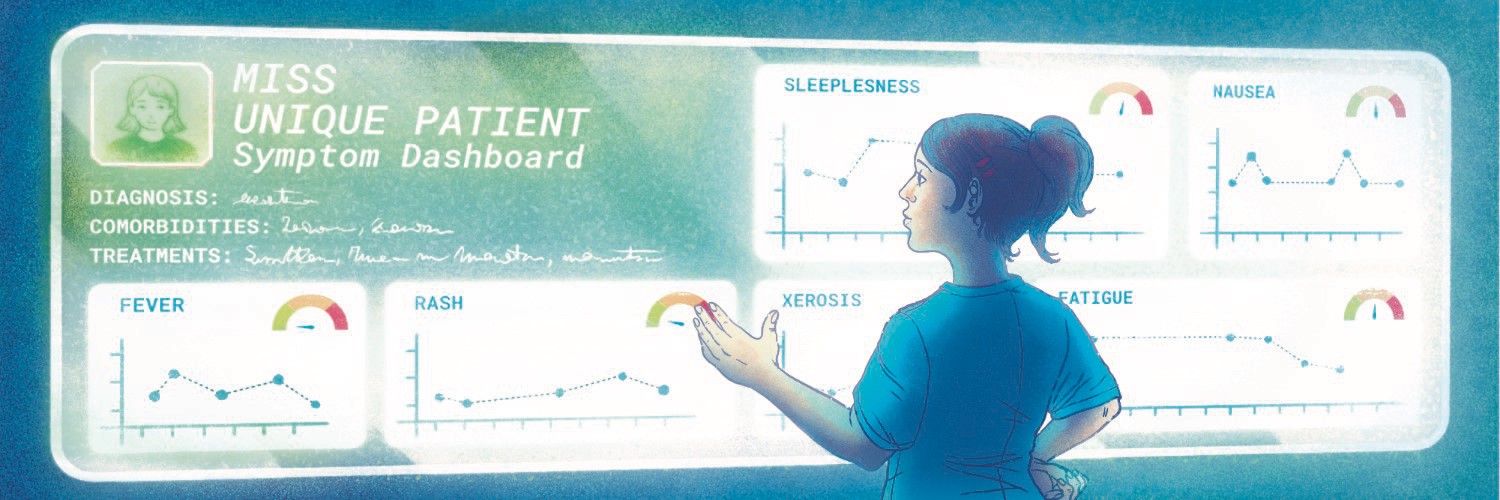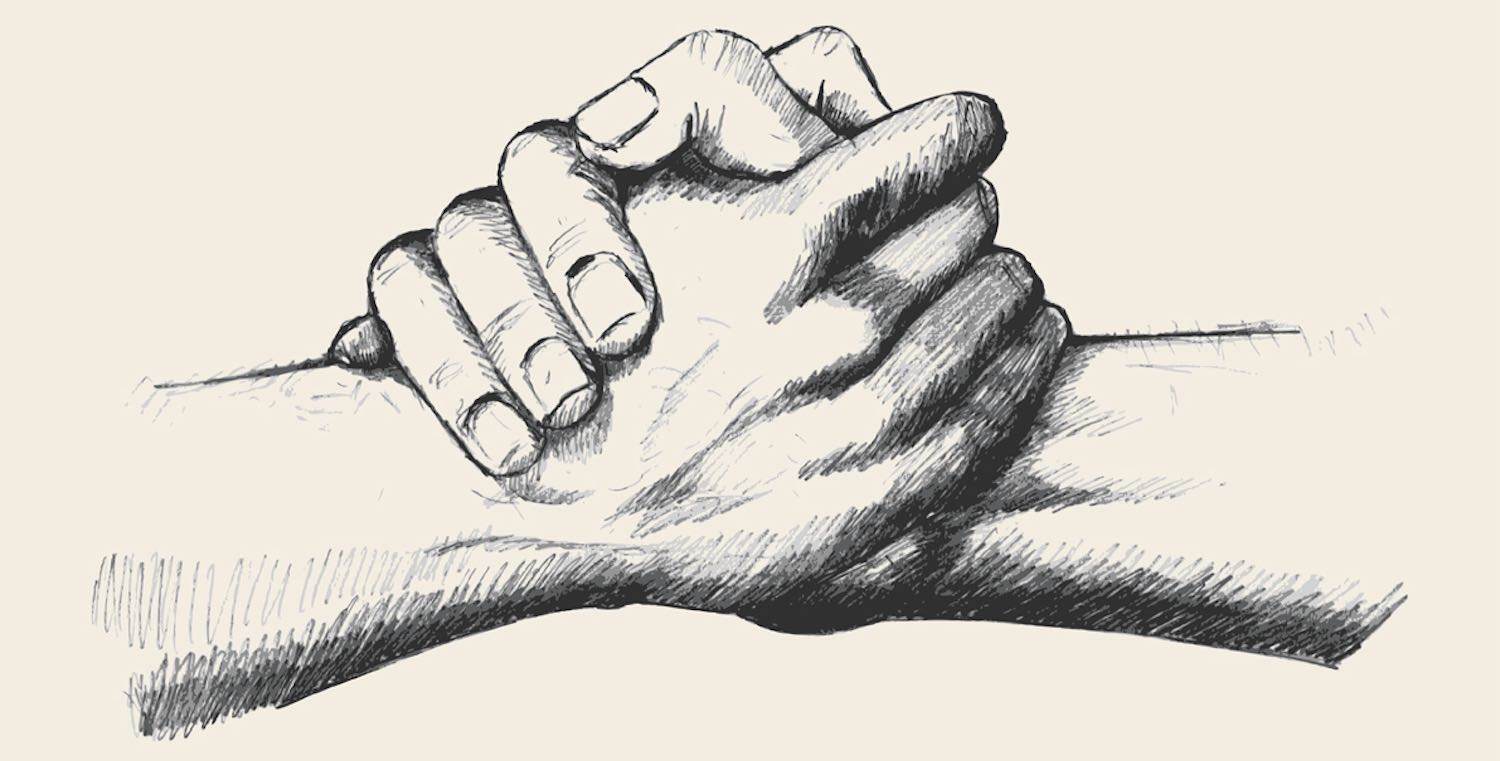Delivery of Care
Untreated malnutrition is rife among cancer patients: here’s how we can do better
In the mid-1970s, the US medical community was shocked by an article published in Nutrition Today under the title ‘The Skeleton in the Hospital Closet’. "I suspect that one of the largest pockets of unrecognized malnutrition in America exists, not…
Supporting mental health helps patients feel better – could it also improve cancer outcomes?
Psychological stress is a known factor in numerous diseases from heart failure to auto-immune conditions. Evidence is now growing that implicates stress as a factor in cancer as well, with higher rates of recurrence and progression found in people experiencing…
Quality care, free of charge, and closer to home: expanding access to cancer services in India
Rahul Jain and his mother Shashi were in Pune – 1,000 km from their home in Ashoknagar, in the neighbouring state of Madhya Pradesh – when they were told there was no hope. They had undertaken the long journey together…
Shared decision making: translating our aspirations into clinical practice
Despite growing awareness of the importance of shared decision making in cancer, there is plenty of evidence that it is still not being implemented as it should be. A national survey of patient experience from the Danish Cancer Society found…
Precision medicine for all!
Every year, around 2.3 million people across the globe are diagnosed with breast cancer. For lack of access to the right diagnostic test, many of them are being treated with chemotherapy that is doing them more harm than good –…
Cancer drugs for Africa… from Africa?
More than two years ago, Cipla Quality Chemical Industries, a pharmaceutical manufacturing company in Kampala, Uganda, announced that it would start producing cancer drugs. In a deal agreed in 2021 with the Ministry of Health, the company, which is part…
New options to protect long-term health of children treated for cancer
Childhood cancer is considered a success story of modern medicine, with more than 90% of children now surviving long-term in high-income countries, up from just 10% 65 years ago. Yet many children who survive their cancer go on to experience…
AI-generated radiotherapy planning could boost access to high-quality treatment across the globe
Can artificial intelligence help design radiotherapy treatment plans, reducing time and cost while matching the quality of skilled professionals? That is the question that a new multi-centre and multi-arm ARCHERY study is trying to answer. The global study, still at…
Precision cancer nursing: using the personalised medicine paradigm to improve patient care
Precision medicine is transforming the way we treat cancer. Oncology is evolving from treating purely on the basis of a broad indication to a tailored approach that is based on a tumour’s molecular characteristics, and usually requires complex combinations of…
How do I respond? Advice for friends and family on supporting someone through cancer
A few days after being diagnosed with cancer, at only 32 years of age, Katarzyna Chmielewska-Wojciechowska met a friend who asked, in passing, how she was doing. She told him. His response was to sympathise and offer reassurance. He knew…



